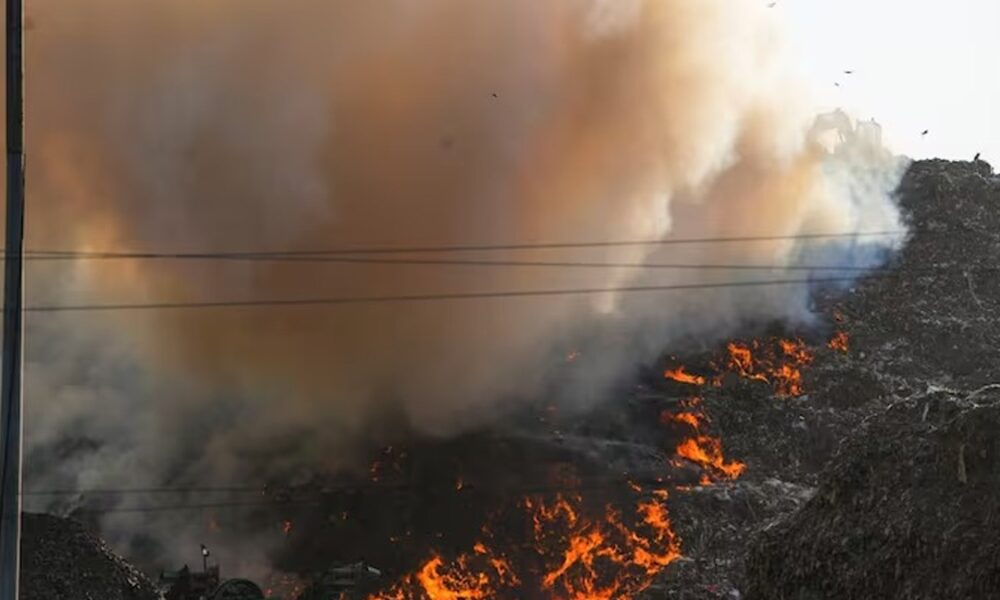
























वही Deodorant जिसे ‘फिस-फिस’ करके लड़का लोग खुशबूदार बन कर घूमते हैं, ये सोच कर कि विज्ञापन की तरह असल जिंदगी में भी लड़कियां खुशबू से...



हरियाणा के 5 शहरों में बारिश को लेकर मौसम विभाग ने यलो अलर्ट जारी किया है। विभाग ने चेतावनी दी है कि इन शहरों में गरज-चमक...



Delhi Fire News Today: पूर्वी दिल्ली के गाजीपुर के कूड़े के पहाड़ में लगी भीषण (Ghazipur landfill site Fire) आग पर 13 घंटे बाद भी फायरकर्मी उसे...



Gurugram Crematorium Wall collapse: हरियाणा के गुरुग्राम में एक श्मशान कीदीवार गिरने से चार लोगों की मौत हो गई और दो घायल हो गए। मृतकों की...



Greater Noida से दिल दहला देने वाला वीडियो सामने आया है | जहां एक चौथी कलास में पढ़ रहे छात्र की एक शिक्षक ने बड़े ही...



Punjab के खन्ना में उस वक्त हड़कंप मच गया जब आधी रात को एक ट्रक में आग लग गई | इतना ही नहीं इस आगजनी की...



Nokia अपने ग्रहकों के लिए एक नया फ़ोन लेके आया है| लेकिन ये कोई स्मार्टफोन नहीं है। यह एक Boring Keypad फोन है, जिसे बिना इंटरनेट...



Lok Sabha Elections के फर्स्ट फेज के लिए वोटिंग जारी है। 19 April की सुबह होते ही हजारों की संख्या में लोग अपने घरों से निकलकर...



Uttar Pradesh के सुल्तानपुर में के भयानक सड़क हादसा गया जिसमें भाई- बहन की मौत हो गई | Bike सवार भाई बहन कही जा रहे थे...



Punjab के रूपनगर में उस वक्त हफडाताफड़ी मच गई जब एक मकान का लेंटर उठाने में लगे मजदूर लेंटर के नीचे दब गए | इस हादसे...